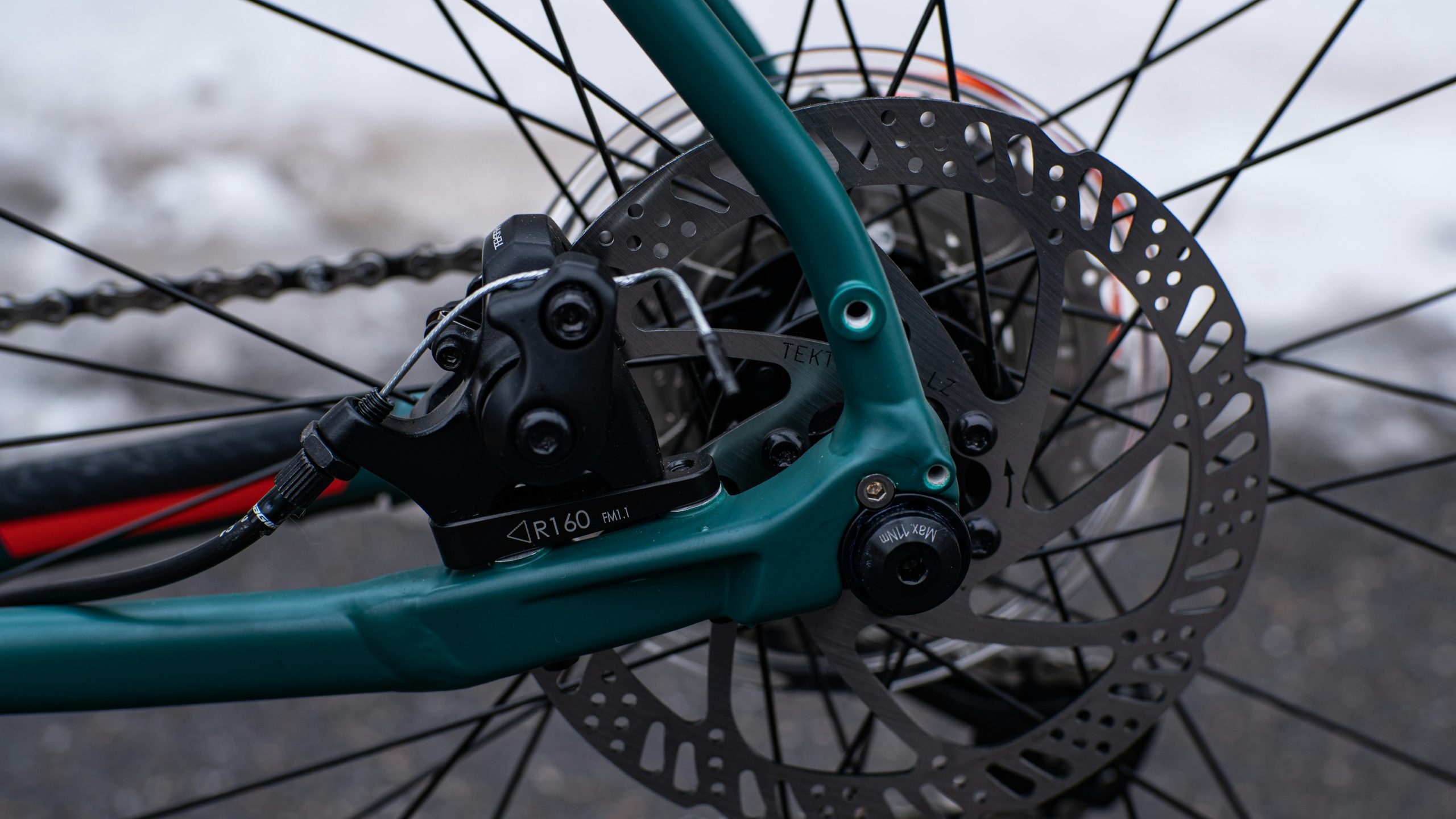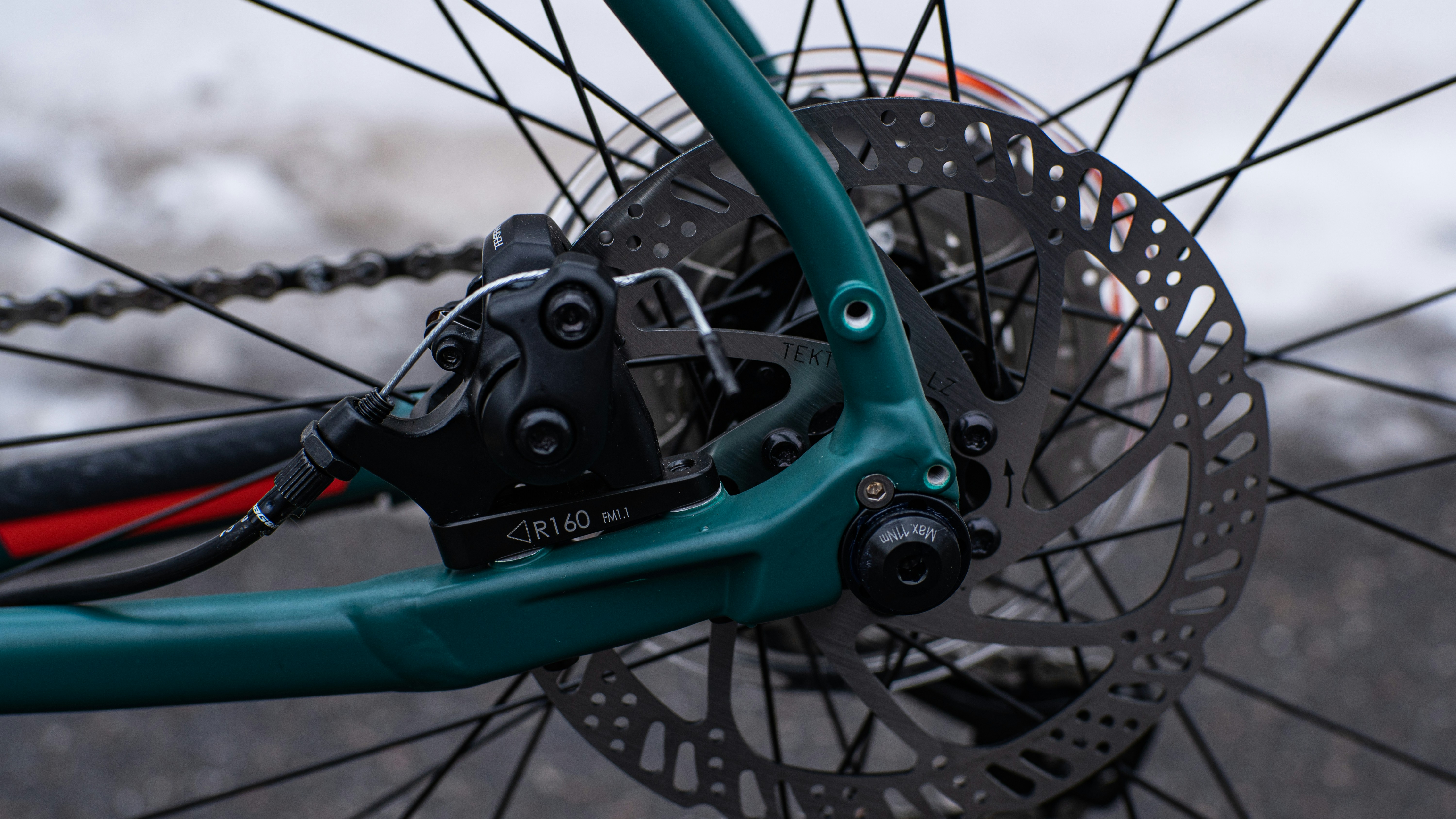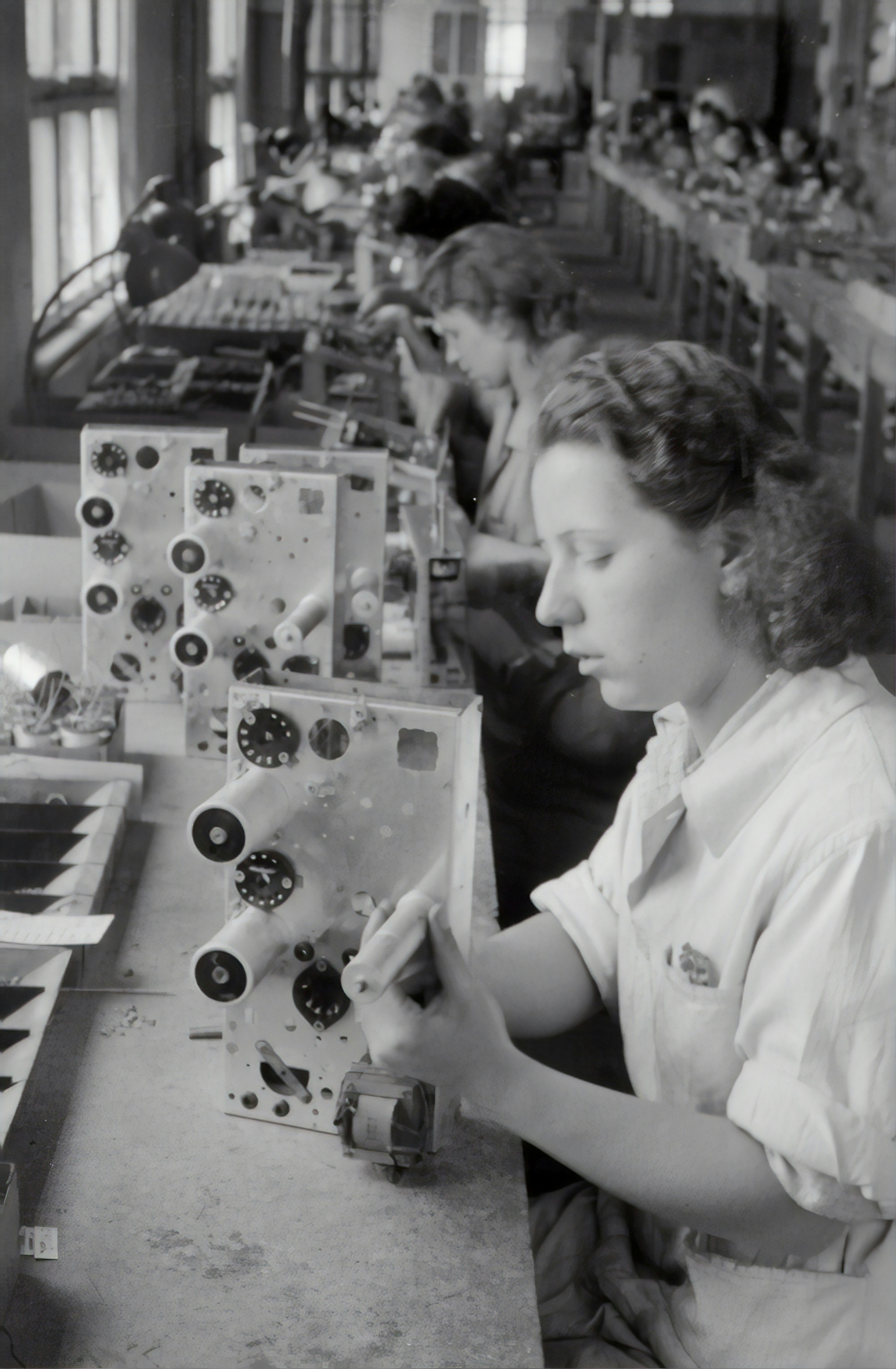
How to Choose Endoscopy Parts?
How to Choose Endoscopy Parts?
Introduction to Endoscopy Parts
When it comes to endoscopy, the importance of high-quality parts cannot be overstated. These components play a critical role in ensuring that procedures are performed safely and effectively. From light sources to cameras and probes, every piece is essential for optimal performance. But with so many options on the market, how do you know which endoscopy parts are right for your needs? Whether you’re upgrading existing equipment or starting from scratch, understanding what to look for can make all the difference. Let’s dive into how to choose the best endoscopy parts that will enhance both efficiency and patient care.
Factors to Consider When Choosing Endoscopy Parts
Choosing the right endoscopy parts is crucial for effective procedures. Start by assessing compatibility with your existing equipment. Not all parts fit every system, so double-check specifications.
Quality and durability are non-negotiable factors. You want components that can withstand repeated use without compromising performance. Look for reputable brands with positive reviews to ensure reliability.
Cost-effectiveness matters too. While it may be tempting to opt for cheaper options, consider long-term value over initial savings. Sometimes investing in high-quality parts saves more on maintenance and replacements down the line.
Keep an eye on warranties or service agreements that come with parts purchases. These can provide peace of mind and protection against unforeseen issues in busy medical environments.
A. Compatibility with Equipment
When selecting endoscopy parts, compatibility with existing equipment is crucial. Each system may have specific requirements that dictate which components can be used effectively.
Before making a purchase, double-check the specifications of your current setup. This prevents costly mistakes and ensures seamless integration.
Consider not just brand compatibility but also model specifics. Different versions of the same brand might have varying features or connectors. Taking this step helps in avoiding frustrating malfunctions during critical procedures.
Moreover, consulting with manufacturers or suppliers can provide clarity on what fits best with your tools. They often offer insights into recommended parts tailored for optimal performance.
In endoscopy parts the fast-evolving field of medical technology, staying updated about new advancements is also beneficial. Compatibility isn’t just about today; it’s about future-proofing your investments as well.
B. Quality and Durability
Quality and durability are critical when selecting endoscopy parts. These components play a vital role in patient safety and the accuracy of diagnoses.
When you invest in high-quality materials, you’re ensuring that your equipment can withstand regular use without compromising performance. Durable parts reduce the frequency of replacements, which ultimately saves time and money.
Look for manufacturers with a reputation for producing reliable products. Certifications or warranties often indicate that the part meets industry standards.
Additionally, consider how these parts hold up under various conditions. They should maintain functionality even after repeated sterilization processes or exposure to harsh environments.
Choosing well-made endoscopy parts not only enhances procedural efficiency but also contributes to better patient outcomes. Quality matters more than just price; it’s about trust in your tools every step of the way.
C. Cost-effectiveness
Cost-effectiveness is a crucial factor when selecting endoscopy parts. Medical facilities often operate under tight budgets, so finding high-quality components that won’t break the bank is essential.
When evaluating cost, consider both initial expenses and long-term value. Sometimes, cheaper parts may lead to higher maintenance costs or frequent replacements. Investing in durable options can save money over time.
Look for suppliers who offer warranties or guarantees on their products. This added assurance can help mitigate risks associated with subpar purchases.
It’s also wise to compare prices across different vendors without compromising quality. Researching customer reviews can provide insights into the reliability of various brands.
Aligning your budget with effective solutions will enhance operational efficiency while ensuring patient safety remains a top priority in any healthcare setting.
Types of Endoscopy Parts

Endoscopy parts are vital for effective procedures. Each type serves a specific purpose, enhancing the overall functionality of endoscopic systems.
Light sources illuminate the endoscopy parts internal areas being examined. These powerful lights ensure clear visibility, crucial for accurate diagnostics.
Cameras capture high-resolution images and videos during procedures. Advanced imaging technology allows for detailed views, assisting healthcare professionals in making informed decisions.
Probes play an essential role in accessing various body cavities. They come in different shapes and sizes to cater to specific medical needs, ensuring versatility during examinations.
Additionally, there are accessories like filters and adapters that complement these main components. Each accessory is designed to enhance performance or extend capabilities within various environments.
Choosing the right combination of these parts can greatly influence procedural outcomes and patient care quality.
A. Light Sources
Light sources are vital components in endoscopy systems. They illuminate the internal structures of patients clearly, facilitating accurate diagnosis and treatment.
When selecting a light source, consider brightness and color temperature. These factors directly affect visibility during procedures. A good light source should provide consistent illumination without flickering.
LED technology has become popular due to its longevity and energy efficiency. Unlike traditional bulbs, LED lights require less frequent replacements, reducing overall operational costs.
It’s also essential to ensure compatibility with your existing equipment. Not all light sources fit every endoscope model, so verify specifications carefully before making a purchase.
Consider ease of use as well. Features like adjustable intensity can enhance flexibility during procedures, allowing practitioners to tailor lighting conditions based on specific needs or patient anatomy.
B. Cameras
Cameras are essential components in endoscopy, providing high-definition visuals that allow healthcare professionals to diagnose and treat patients effectively. The clarity of the images produced is crucial for precise examinations.
When selecting cameras for endoscopic procedures, consider resolution first. Higher resolutions deliver sharper images, making it easier to identify subtle abnormalities.
Additionally, look at compatibility with your existing equipment. Not all cameras work seamlessly with all systems; ensure a perfect match to avoid operational issues.
Another aspect to think about is the camera’s light sensitivity. A good camera should perform well in low-light conditions, as many procedures require minimal illumination inside the body.
Explore features like adjustable zoom and integrated recording capabilities. These enhancements can significantly improve both procedural efficiency and documentation quality.
C. Probes
Probes are essential components in the field of endoscopy, serving as the instruments that navigate through delicate structures within the body. Their design and functionality can greatly influence diagnostic accuracy and treatment outcomes.
When selecting probes, it’s vital to consider their flexibility and length. Different procedures may require specific types to reach targeted areas effectively.
Material quality also plays a crucial role; durable materials ensure longevity while maintaining safety during use. The right probe should balance both strength and gentleness to avoid damaging tissues.
Moreover, compatibility with existing systems is non-negotiable. Ensure that any probe you choose seamlessly integrates with your equipment for optimal performance.
Regularly reviewing your inventory of probes helps maintain efficiency in procedural settings. This attention prevents unexpected downtimes due to malfunctions or outdated technology, which could affect patient care significantly.
Where to Purchase Endoscopy Parts?

When it comes to purchasing endoscopy parts, several avenues are available. Medical supply companies often have a wide selection of high-quality components. These suppliers cater specifically to healthcare facilities and professionals.
Online marketplaces can also be valuable resources. Websites like Amazon or specialized medical equipment sites offer competitive prices and customer reviews that can guide your decisions.
Local distributors may provide the advantage of immediate availability. They often build strong relationships with their clients, ensuring personalized service and support.
Don’t overlook refurbished equipment as an option too. Many manufacturers sell certified pre-owned parts at reduced costs while maintaining reliability standards.
Always check for warranties and return policies before making a purchase to safeguard your investment in quality endoscopy parts.
Tips for Maintaining and Replacing Endoscopy Parts
Routine checks are essential for maintaining endoscopy parts. Regularly inspect your equipment for wear and tear, especially on probes and light sources. Small issues can escalate if left unattended.
Cleaning is crucial. Follow the manufacturer’s guidelines to ensure proper disinfection of components after each use. This practice not only prolongs the life of your instruments but also safeguards patient health.
Keep an inventory log of all endoscopy parts. Track usage patterns and replacement dates to avoid unexpected failures during procedures.
When it comes to replacements, always opt for high-quality products that meet industry standards. Avoid cutting corners; inferior parts can jeopardize both performance and safety.
Engage with a trusted vendor or supplier who offers reliable support services. They can provide valuable insights into the best practices for maintenance and timely replacements tailored to your specific needs.
Importance of Regular Maintenance and Replacement
Regular maintenance and replacement of endoscopy parts are crucial for optimal performance. These components play a significant role in ensuring successful procedures and patient safety. Over time, wear and tear can impact the functionality of these parts, potentially leading to equipment failure or inaccurate results.
Through routine checks, healthcare providers can identify any signs of damage or reduced efficiency early on. Timely replacements not only enhance the reliability of your endoscopic equipment but also extend its lifespan. This proactive approach minimizes downtime and maximizes productivity in clinical settings.
Investing in regular upkeep is essential for maintaining high standards in medical practices. It ensures that all instruments perform at their best when needed most, ultimately fostering trust between healthcare professionals and patients alike. Prioritizing this aspect will contribute significantly to improved outcomes in various medical procedures involving endoscopy parts.


